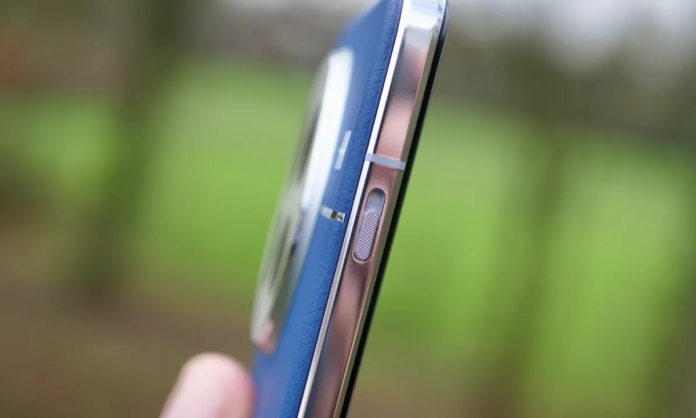OnePlus has always been known for doing things differently—from its early “Flagship Killer” days to its dedicated Alert Slider, a hardware feature that became synonymous with its premium experience. But change is coming. The brand is now set to replace the iconic Alert Slider with a customizable button, following in the footsteps of Apple’s iPhone 15 Pro Action Button.
This move is already sparking debates among OnePlus loyalists, tech enthusiasts, and smartphone users who have relied on the Alert Slider for its simple, no-look toggling between ring, vibrate, and silent modes. So, is this change a step toward better functionality, or is OnePlus losing its identity in the race for modernization? Let’s break it down.
From Alert Slider to Custom Button: What’s Changing?
🔘 Goodbye, Three-Way Alert Slider – The mechanical switch that let you quickly toggle between sound profiles is being retired.
🔄 Hello, Customizable Button – In its place, OnePlus is introducing a programmable button, similar to Apple’s Action Button on the iPhone 15 Pro. This means users can assign different functions to the button, making it more versatile.
📱 More Personalization, More Features – Instead of just muting your phone, you might be able to launch apps, turn on the flashlight, record voice notes, or even trigger AI commands—all with a press of the new button.
OnePlus hasn’t confirmed the full range of functions yet, but it’s clear that the brand is moving toward a more customizable smartphone experience.
Why Is OnePlus Making This Change?
OnePlus has built its reputation on listening to its loyal fanbase, so why remove something as beloved as the Alert Slider? There are a few possible reasons:
📌 Tech Evolution: Smartphone designs are evolving, and custom buttons offer more flexibility than a fixed-function switch.
📌 Competing with Apple & Samsung: With Apple’s Action Button gaining traction, OnePlus might be looking to keep up with industry trends.
📌 Space Constraints: As internal components get more complex (think larger batteries, better cooling, AI-driven processors), hardware redesigns become necessary.
📌 AI Integration: The future of smartphones is AI-driven, and a customizable button could allow users to trigger AI-powered tasks instantly.
While OnePlus hasn’t officially confirmed all these reasons, the shift signals a new direction for the brand, embracing a software-first approach to user experience.
Fan Reactions: Excitement or Disappointment?
The OnePlus community is divided. Here’s what users are saying:
😞 Longtime OnePlus fans who love the simplicity of the Alert Slider are disappointed. For many, the tactile, no-look functionality was a signature OnePlus feature they’ll miss.
🤩 Others welcome the change, arguing that a programmable button unlocks more possibilities and could make everyday interactions smoother.
📢 Tech reviewers and industry experts are curious to see how OnePlus differentiates this feature from Apple’s Action Button and Samsung’s Side Key.
The Bigger Picture: A Glimpse into the Future of Smartphones
The customizable button trend isn’t just about OnePlus—it reflects a larger shift in smartphone design.
🚀 AI-Powered Personalization – More brands are focusing on intelligent shortcuts and adaptive user experiences.
🔄 Minimalist Hardware, Maximum Software Features – Smartphones are reducing mechanical parts in favor of software-driven controls.
📲 A New Era of Interaction – Instead of fixed buttons, expect future phones to have gesture-based, voice-controlled, and AI-assisted commands.
Final Thoughts: A Bold Leap or a Step Back?
For OnePlus, this isn’t just a hardware tweak—it’s a statement about the brand’s future. By moving away from static physical controls and embracing a customizable, AI-friendly approach, OnePlus is signaling that smartphones are no longer just about specs—they’re about intelligent experiences.
Will this gamble pay off? Or will loyal users miss the good old Alert Slider?








